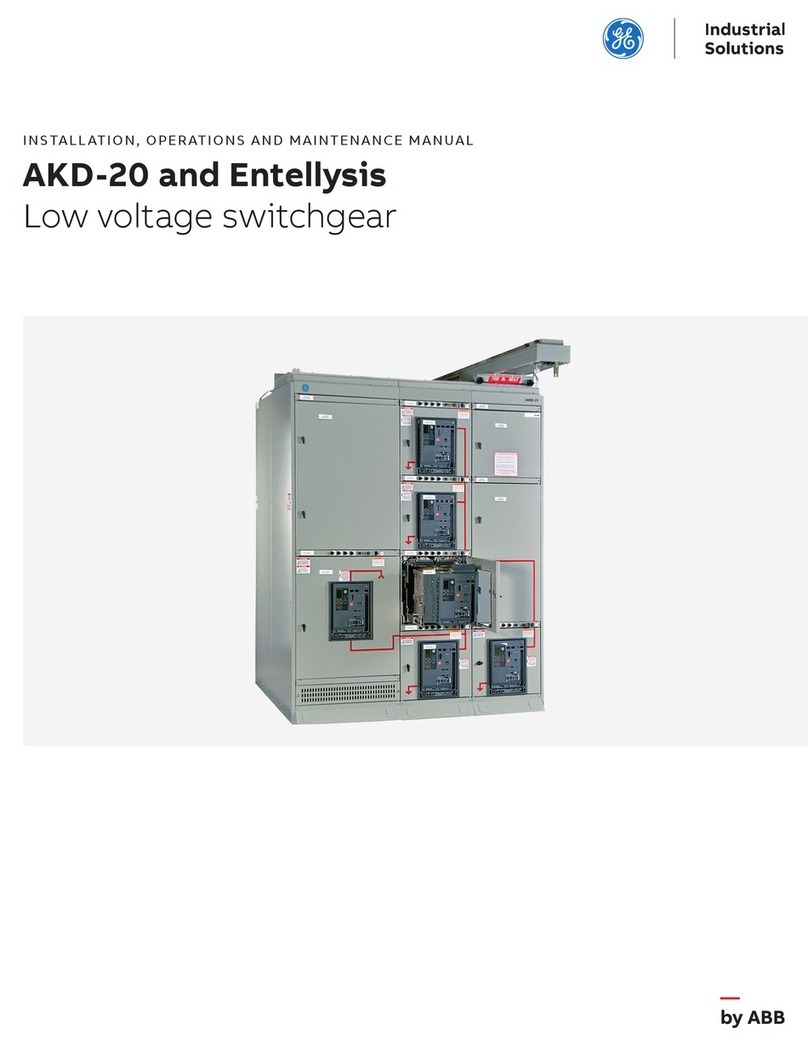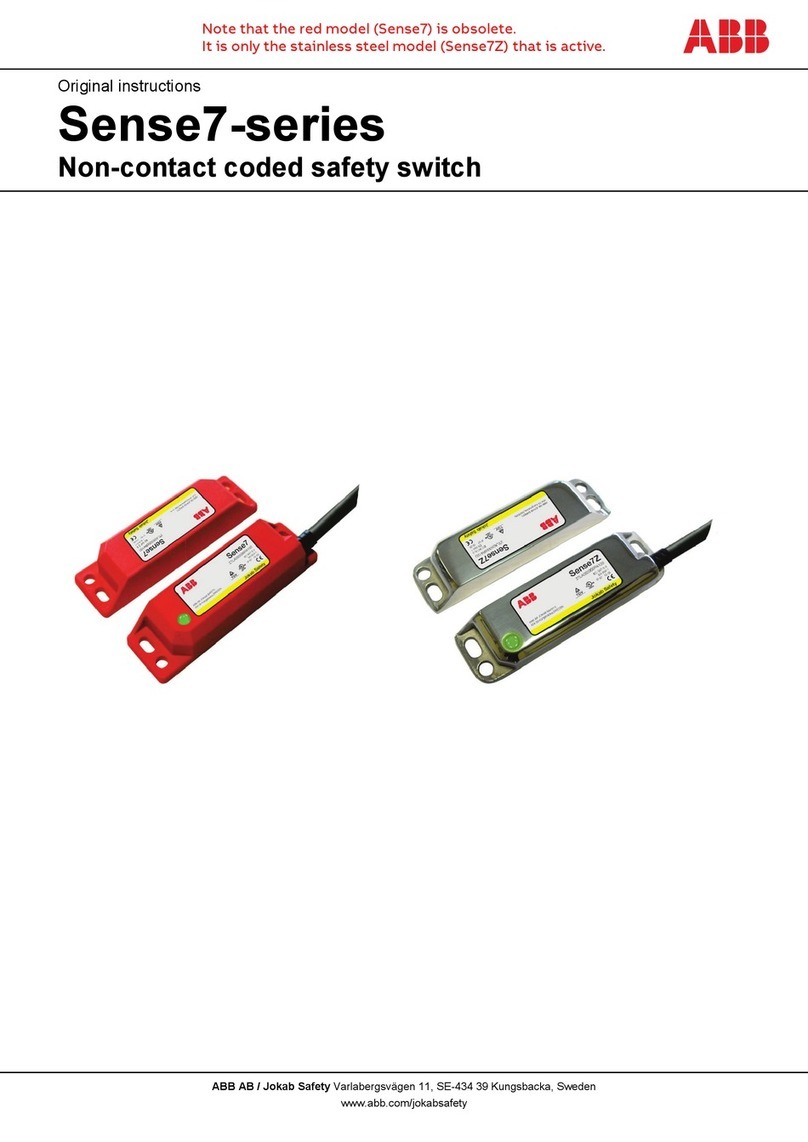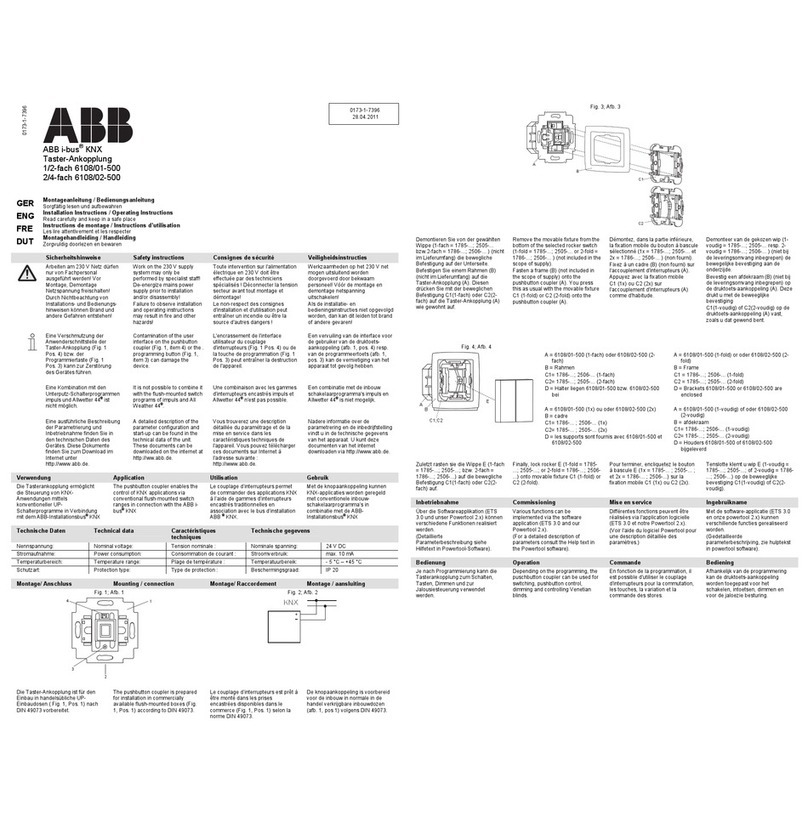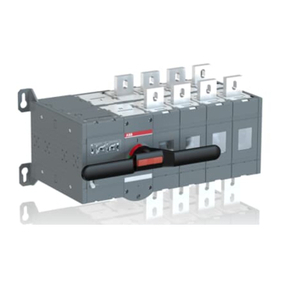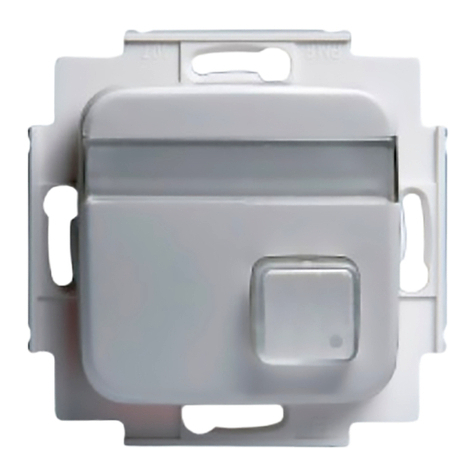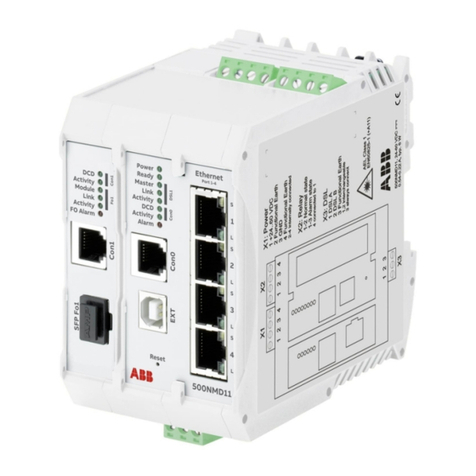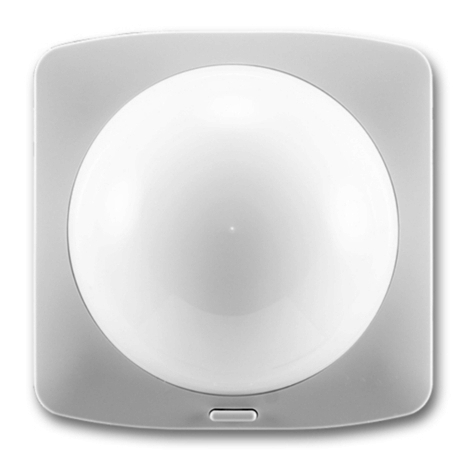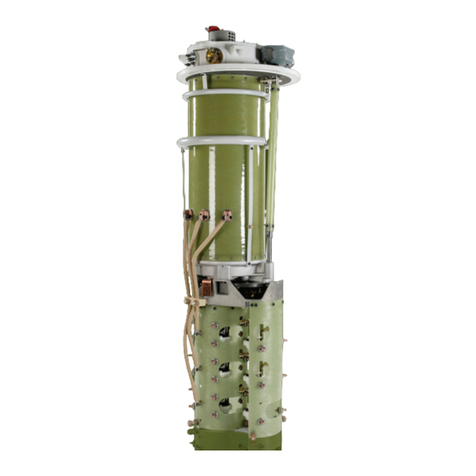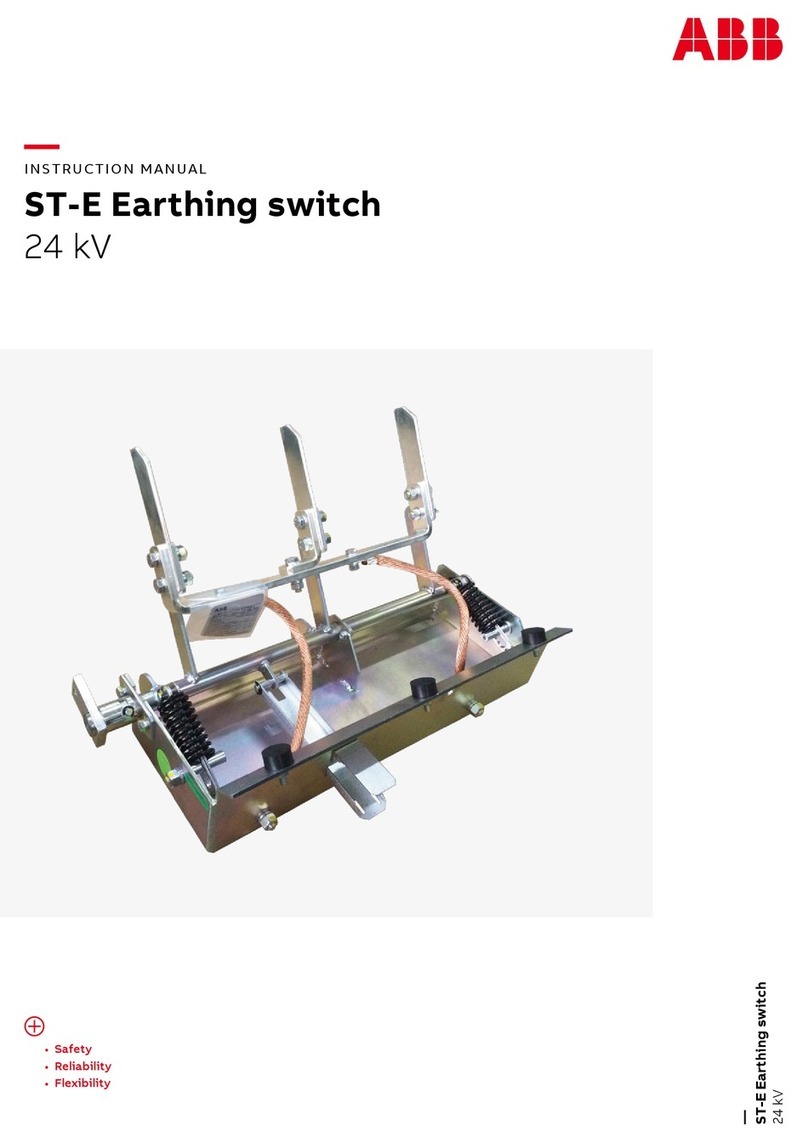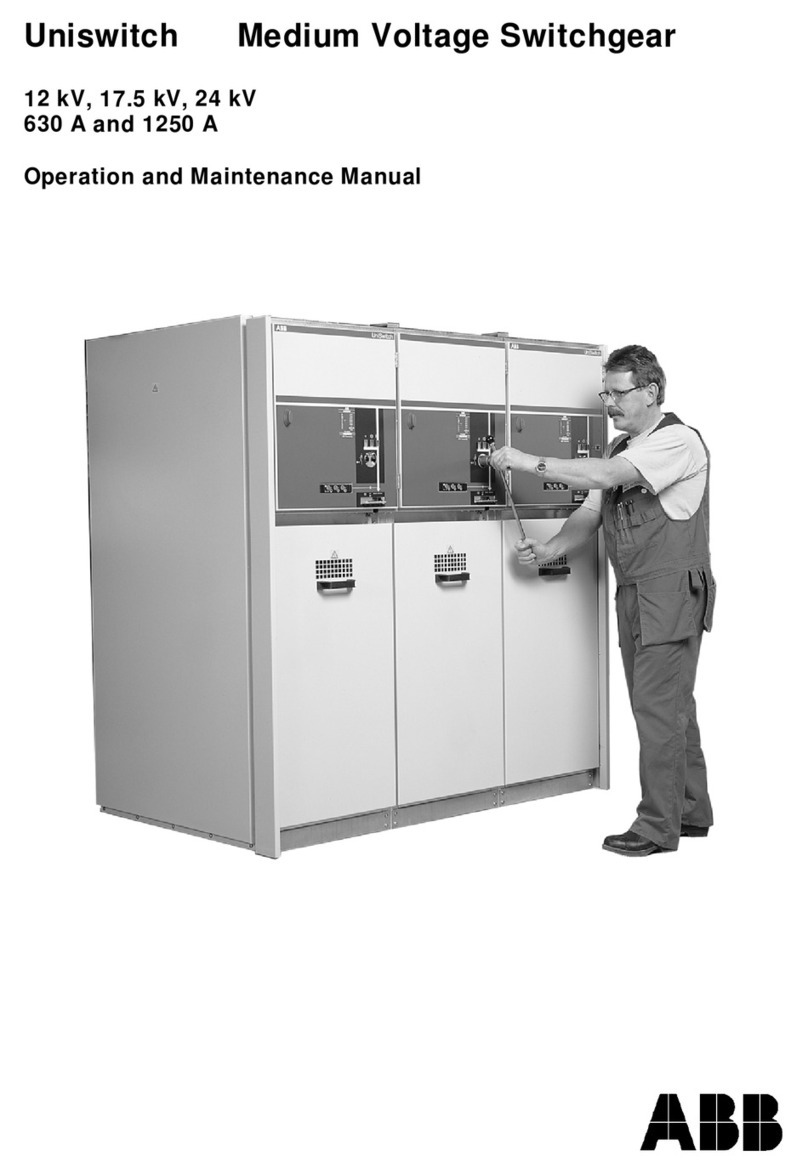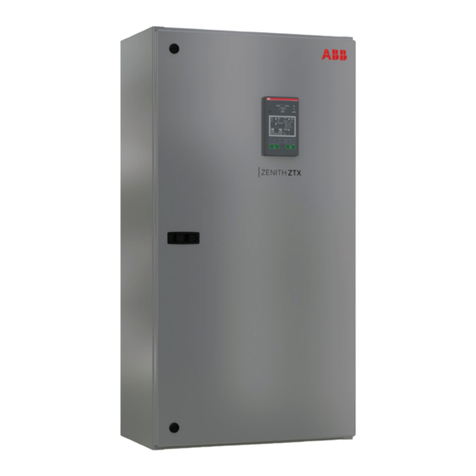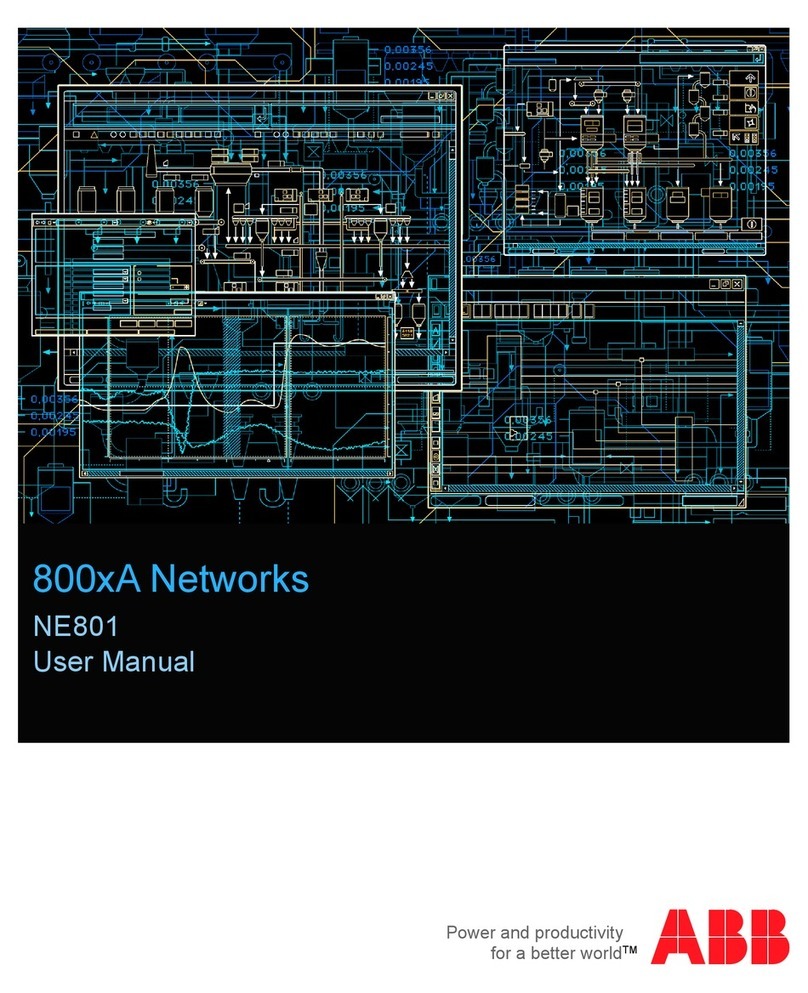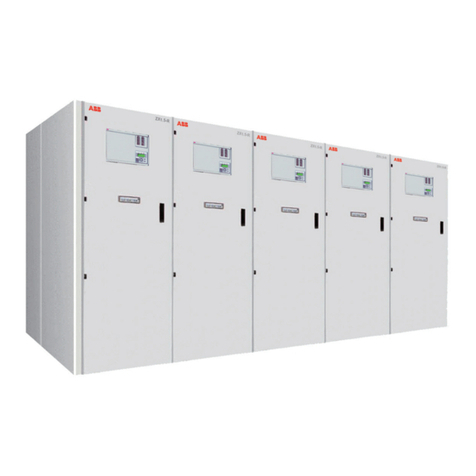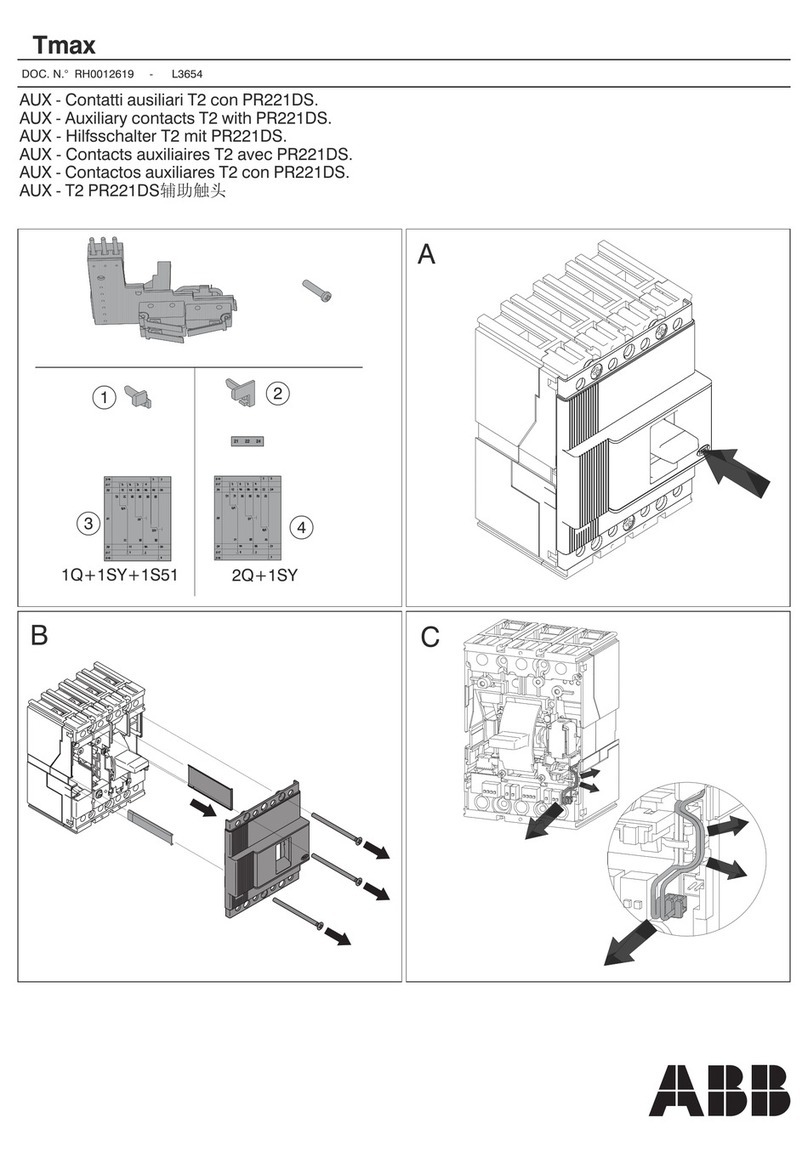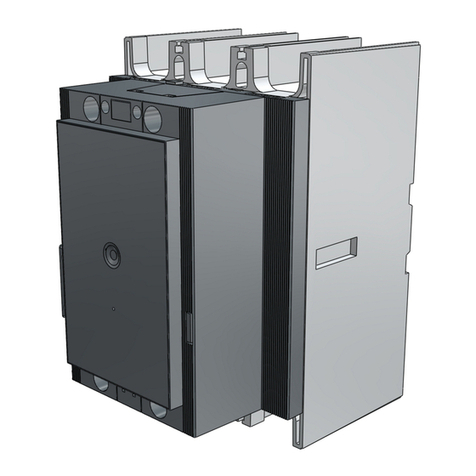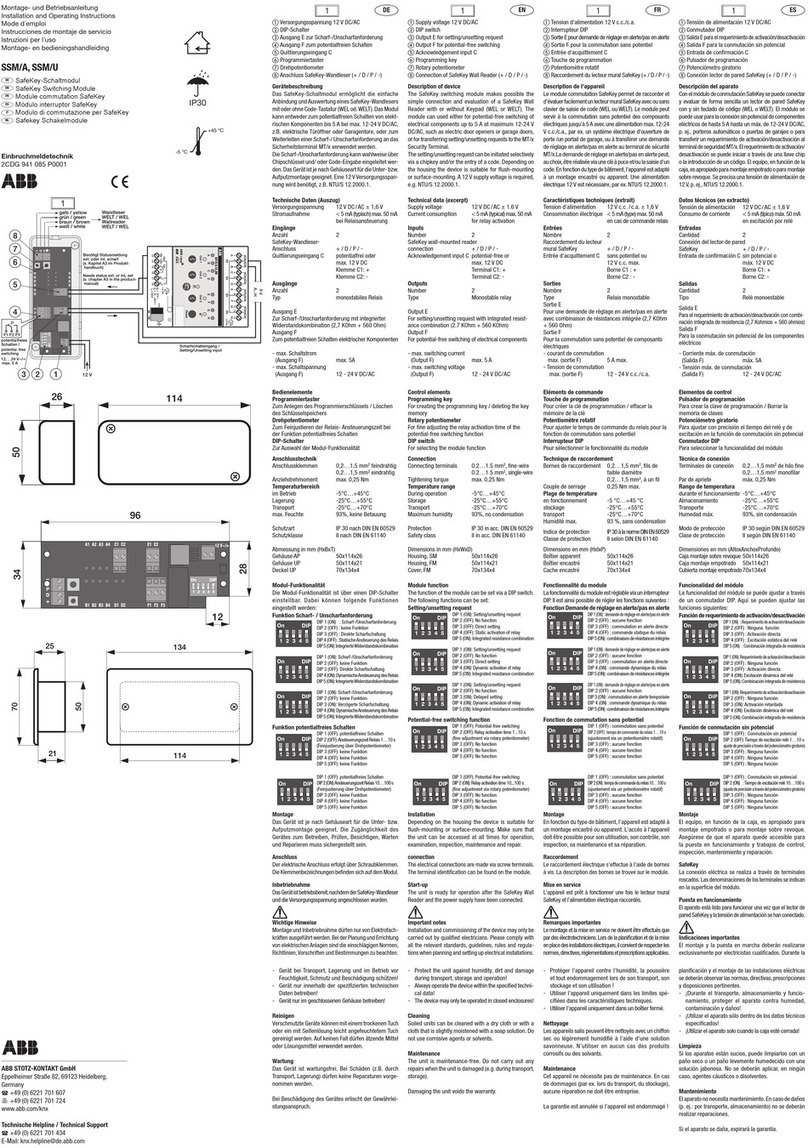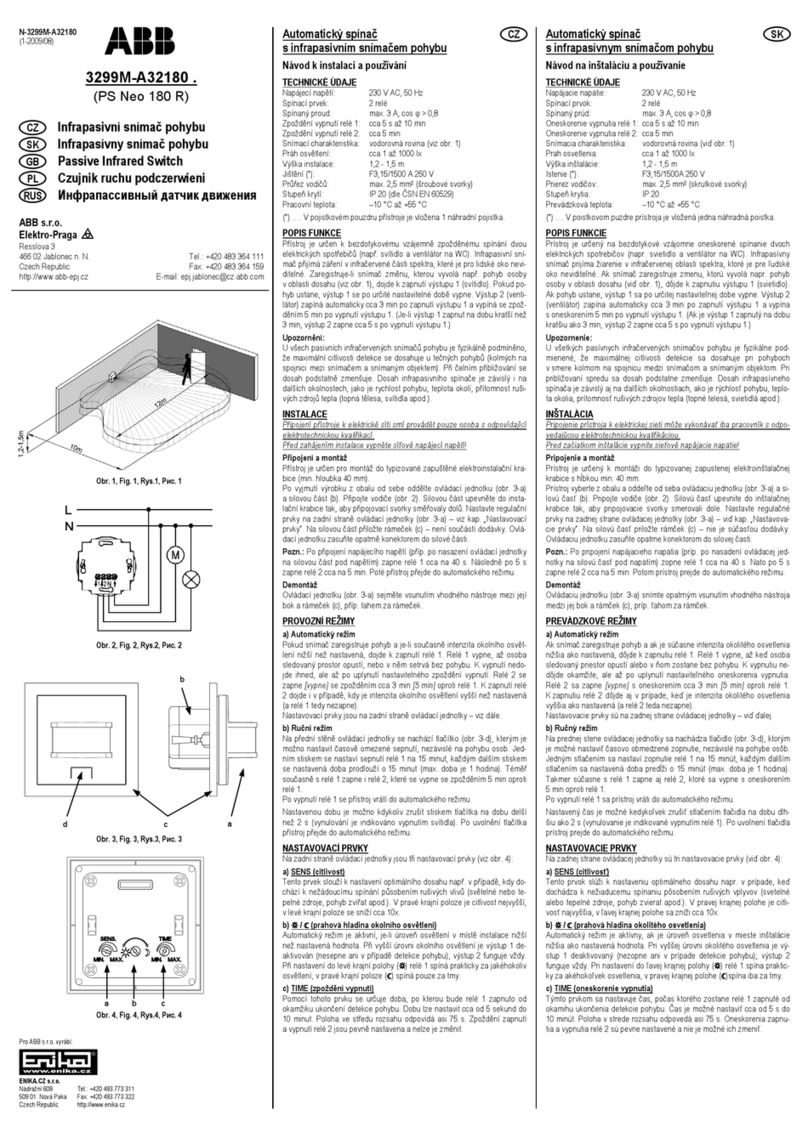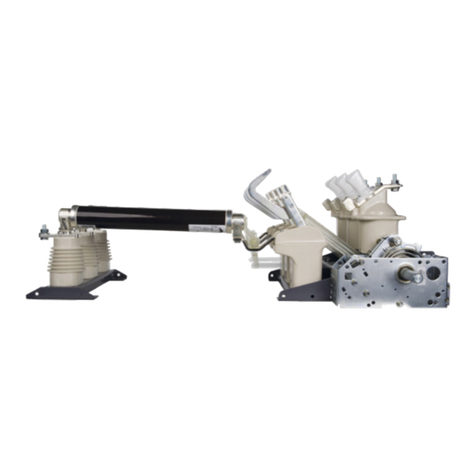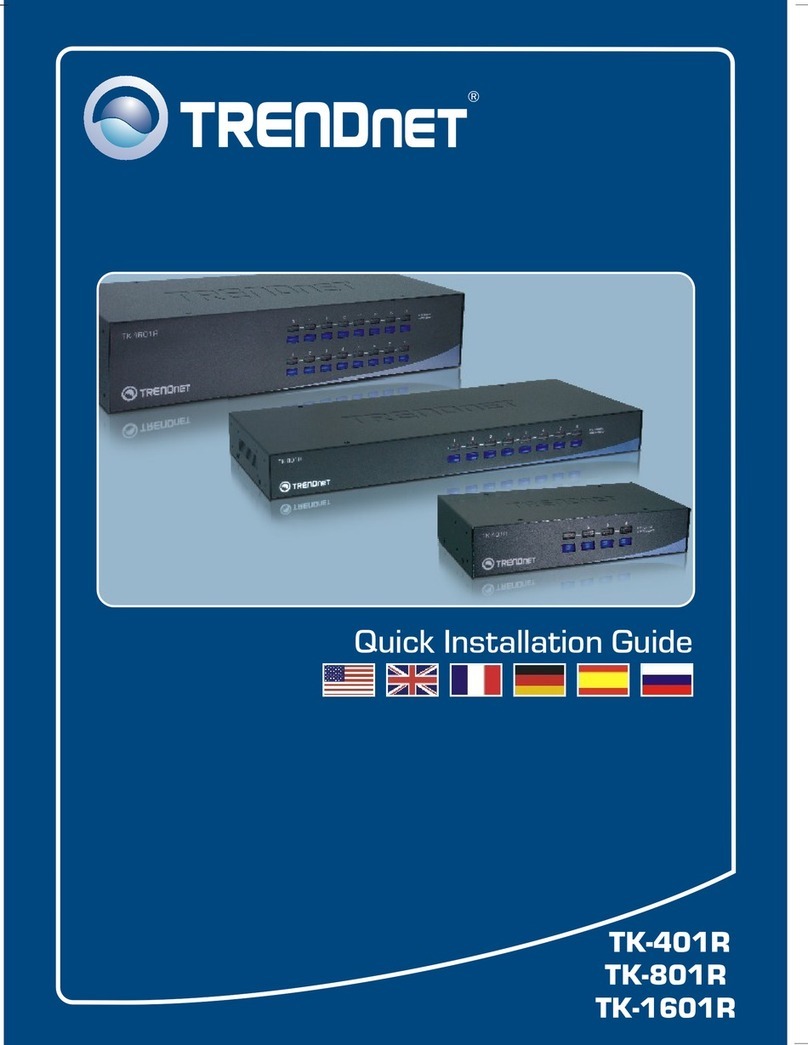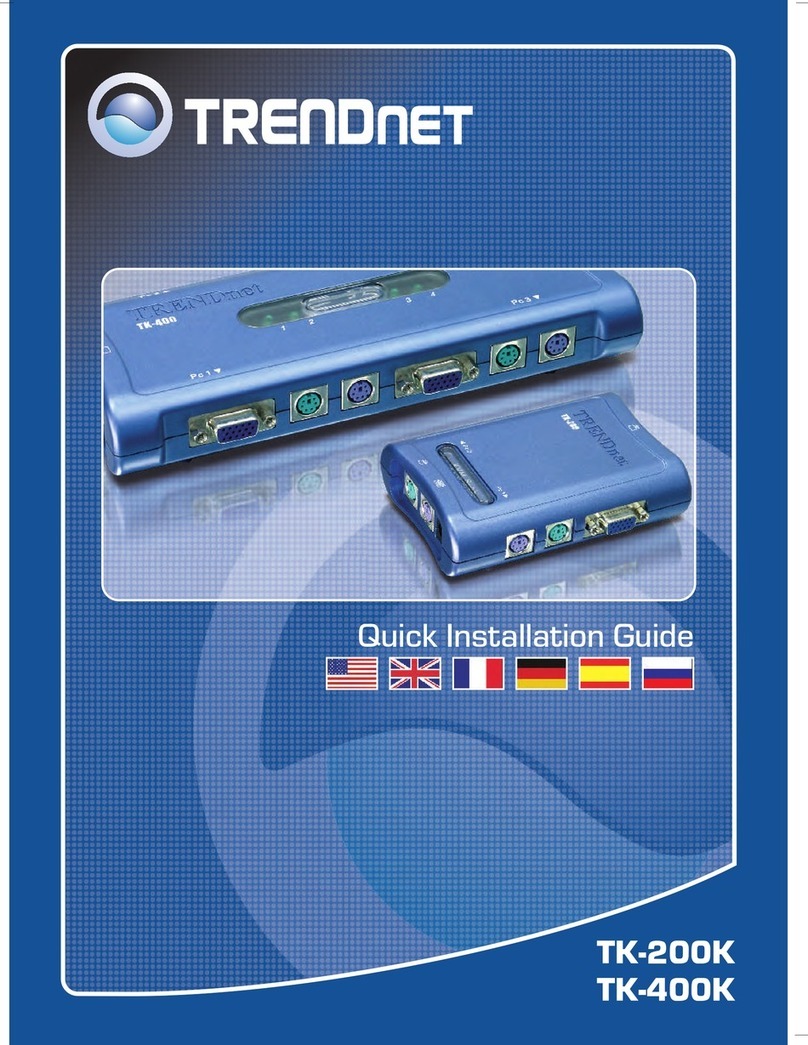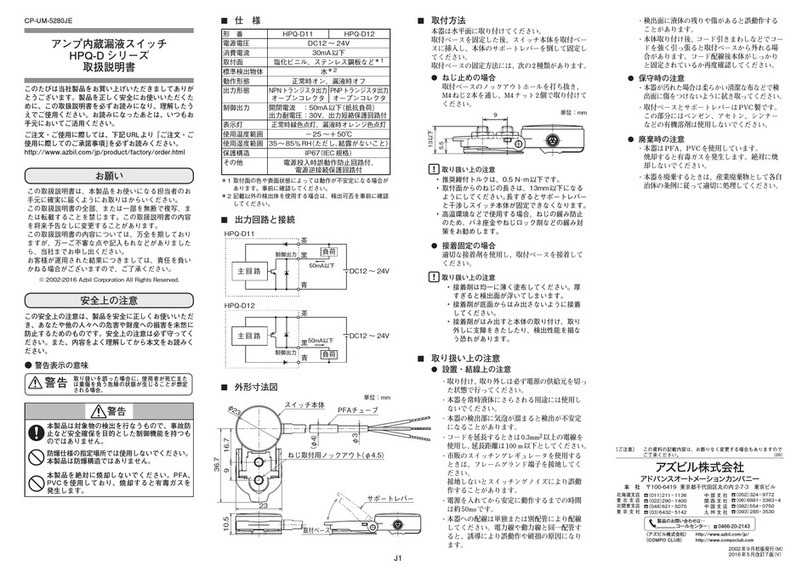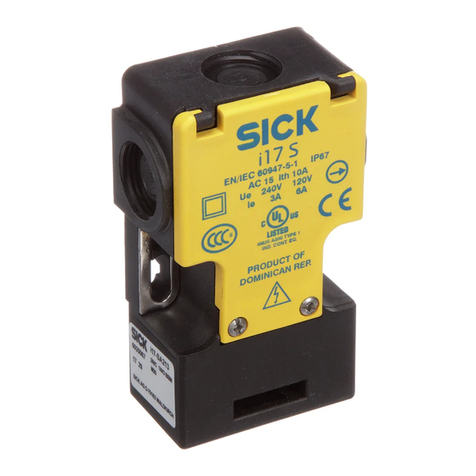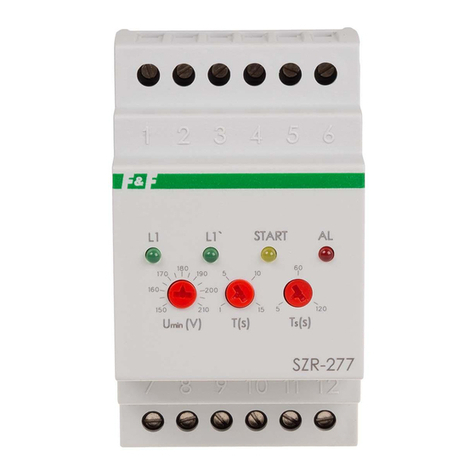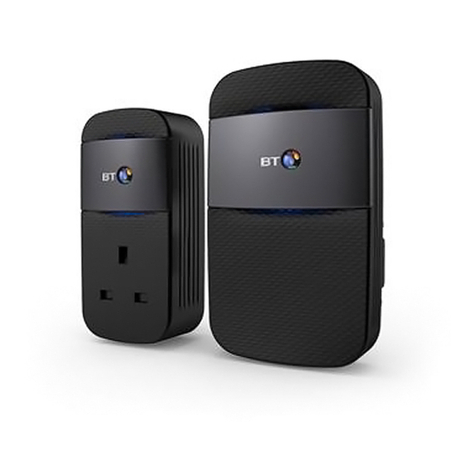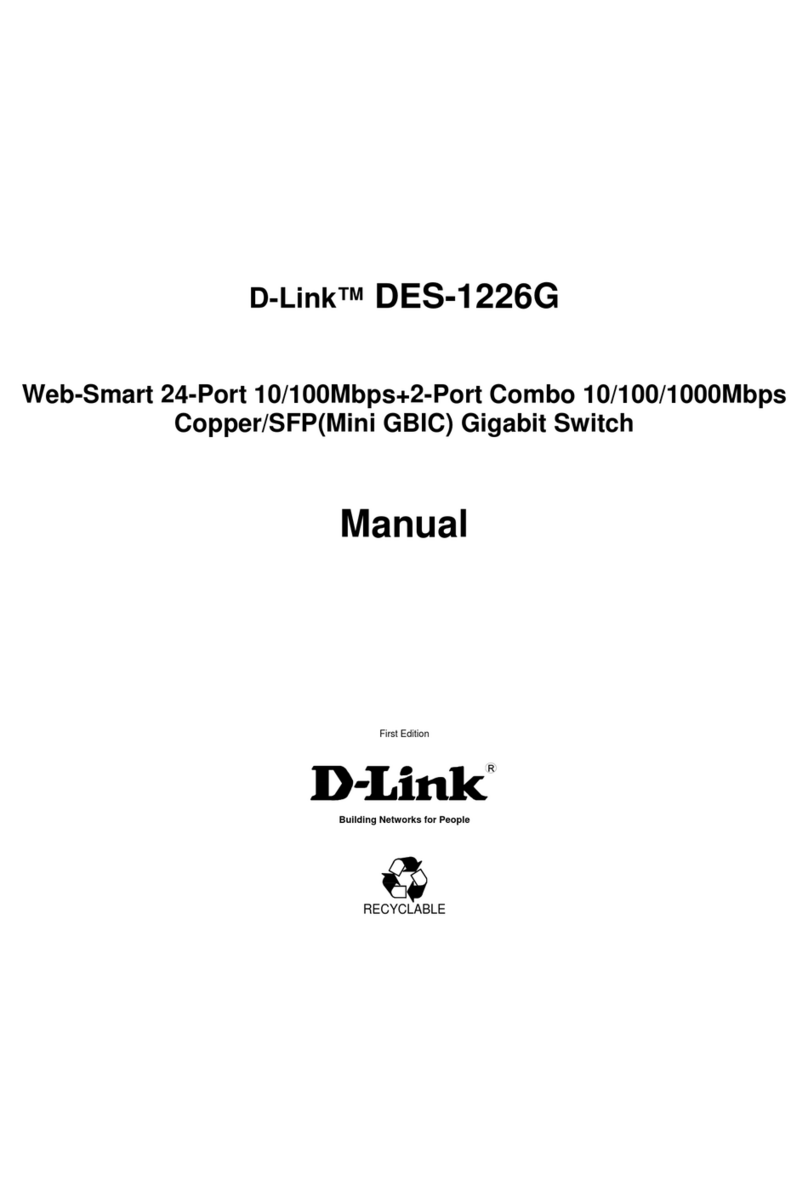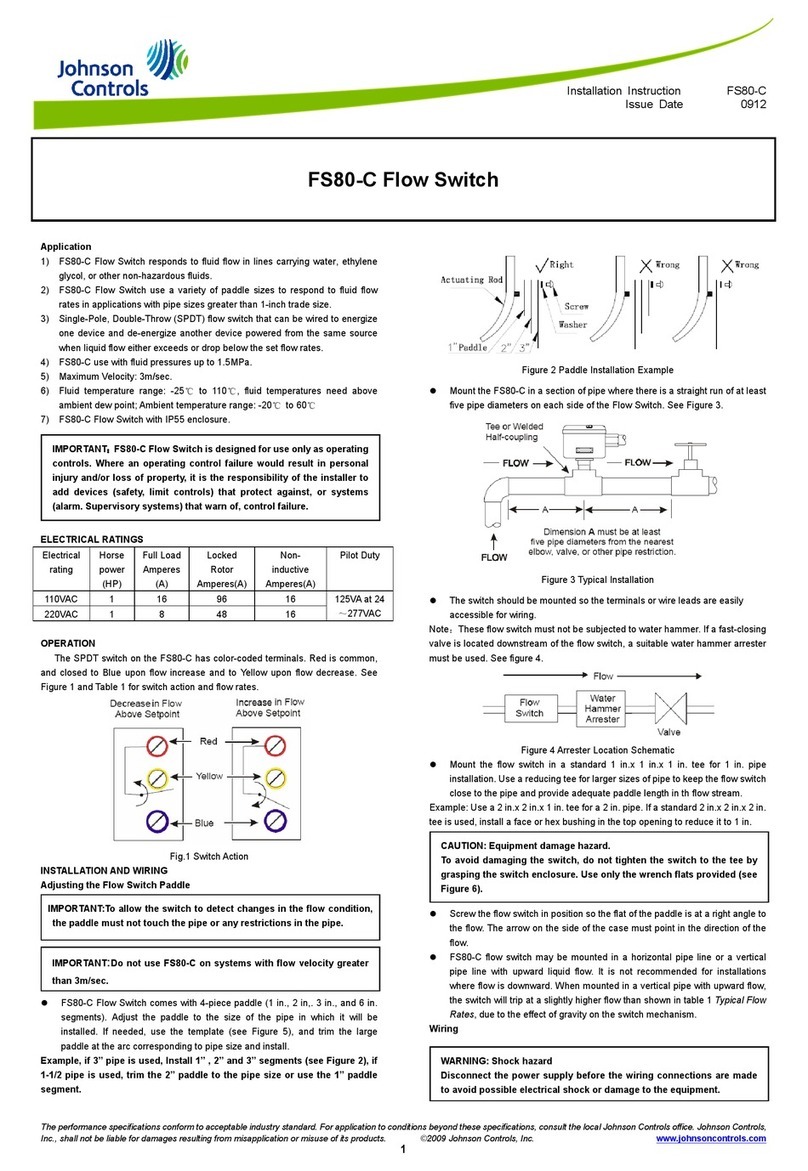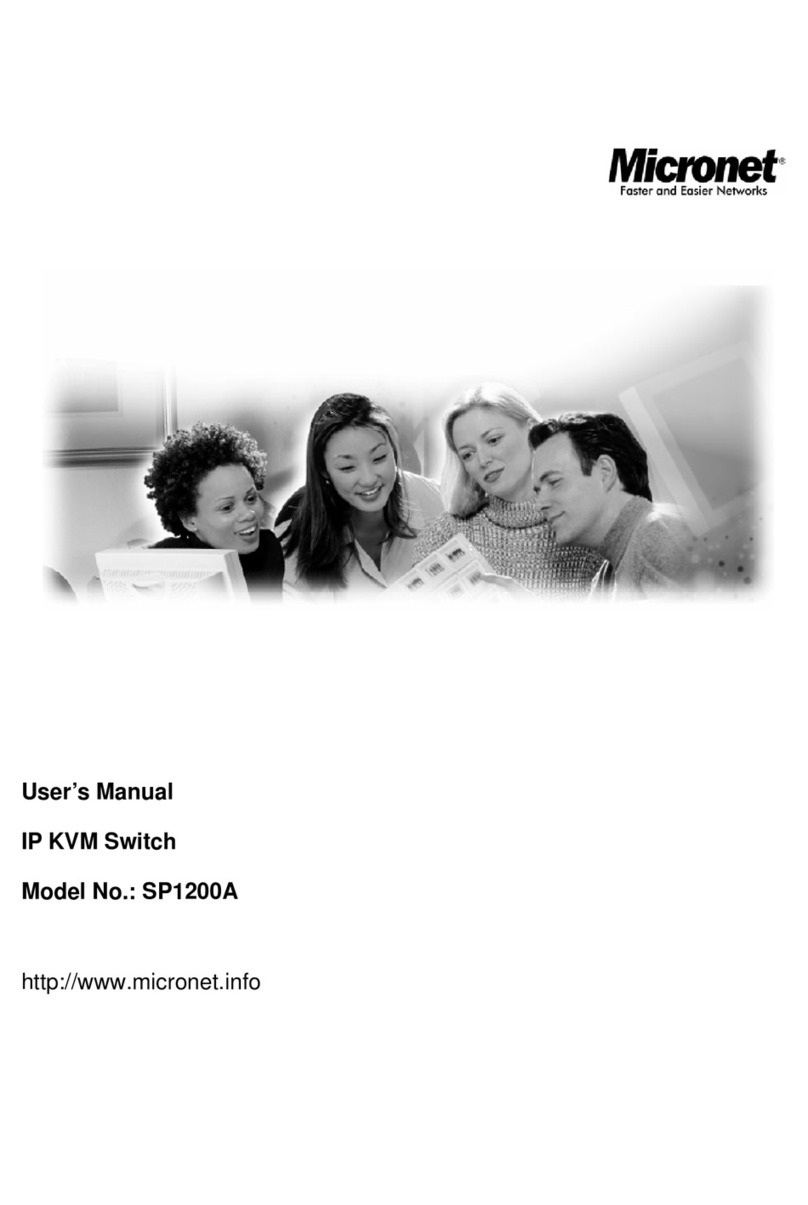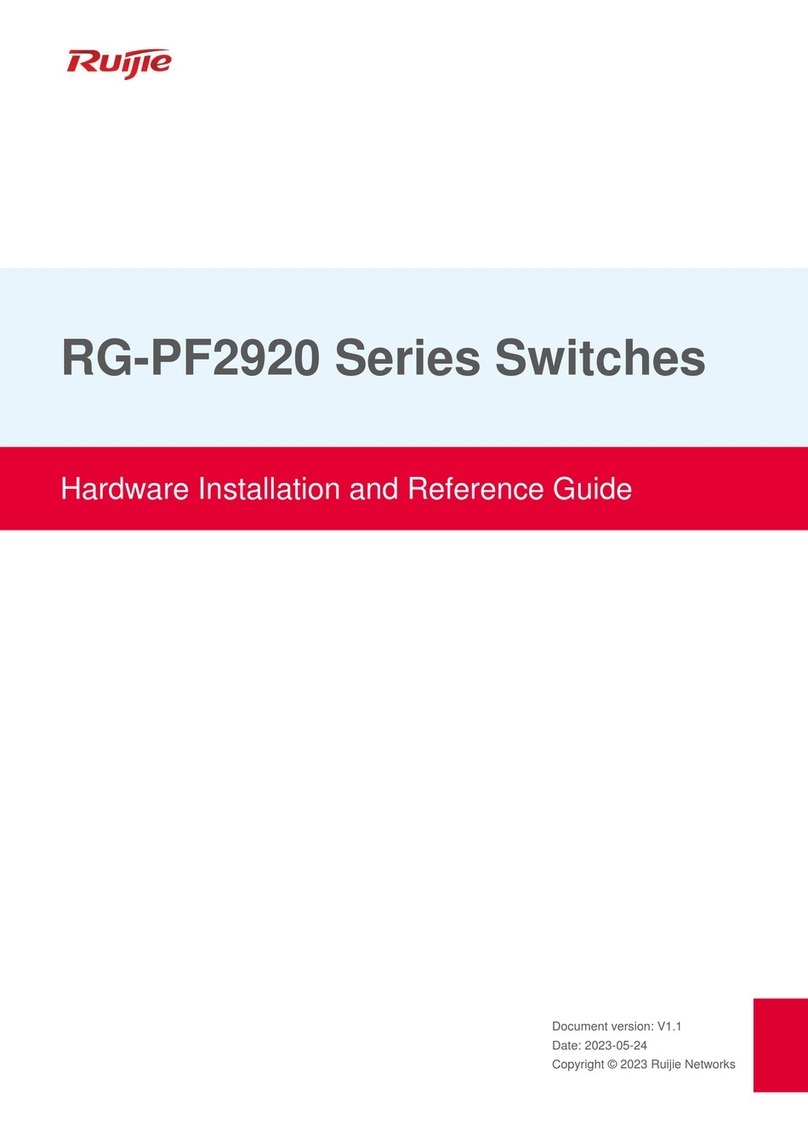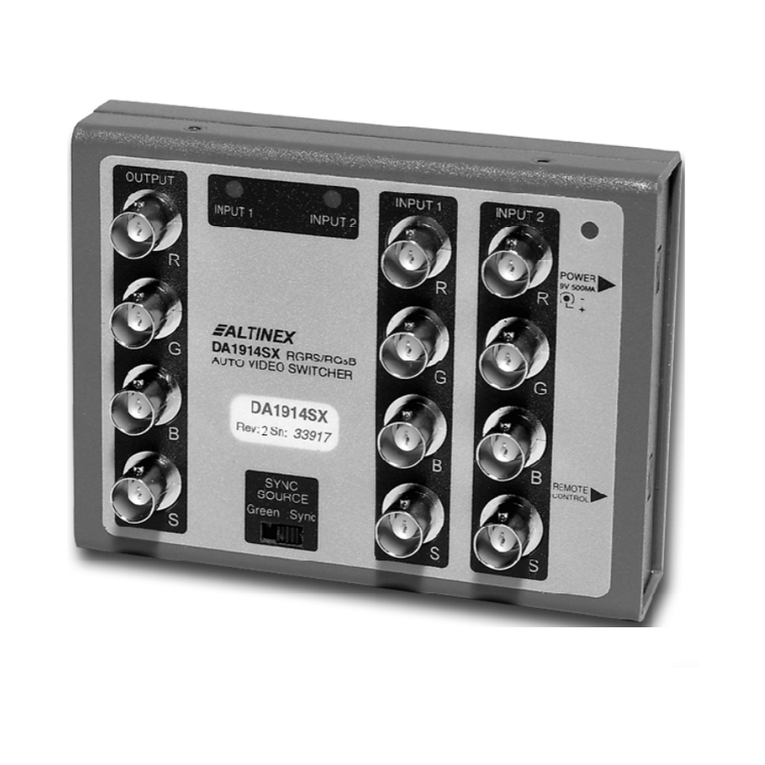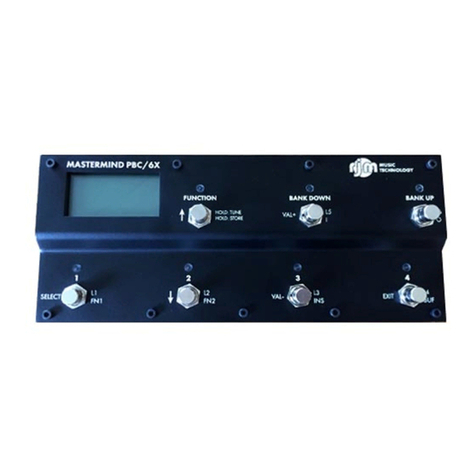
2 NAL/NALF – Mounting and operation manual
Triple-pole switch-disconnector type NAL
and fuse switch-disconnector type NALF for indoor installation
1.0 Switch-disconnector type NAL, alternative assemblies ...... 3
2.0 Installation................................................................................ 3
2.1 Preparation of the switch for installation............................... 3
2.2 Preparation of the supporting structure ................................ 3
2.3 Installation of the disconnector.............................................. 3
3.0 Adjustment of the hand operating, mechanism type HE .... 4
3.1 K-mechanism .......................................................................... 4
3.2 A-mechanism .......................................................................... 4
4.0 Mounting the mechanism on the switch............................... 5
4.1 Test operation of A-mechanism............................................. 5
5.0 Mounting the hand operating mechanism type HE ............. 6
5.1 Instruction of installation and adjustment of switch-
-disconnector type NAL/NALF with hand operation
mechanism HE........................................................................ 6
6.0 Mounting of fuse base.......................................................... 10
6.1 The switch must be open and the main springs
not charged ........................................................................... 10
6.2 Mounting of the fuse tripping............................................... 10
6.3 Adjustment of the fuse tripping............................................ 10
6.4 Fuse tripping. Control ...........................................................11
7.0 Mounting of eartch switch type E and eartch switch
type LCES ............................................................................. 12
7.1 Mounting of eartch switch to the switch-
-disconnector type NAL ....................................................... 12
7.2 Mounting the eartch switch to the fuse-switch-
-disconnector type NALF ..................................................... 12
8.0 Mounting the mechanical interlock between switch-
-disconnector and eartch switch ......................................... 12
9.0 Mounting the shunt release ................................................ 13
10.0 Mounting the auxiliary switch............................................... 13
11.0 Mounting the auxiliary switch for E-EB
earthing switch, excluding LCES......................................... 14
12.0 Mounting of NM motor drive................................................ 17
13.0 Service and maintenance..................................................... 21
14.0 Replacement of parts (12-24 kV)........................................ 23
14.1 Replacement of contact knife with draw bar...................... 23
14.2 Replacement of fixed contact on the opening side ........... 24
15.0 Replacement of the arcing chamber................................... 24
16.0 Replacement of insulators ................................................... 24
16.1 Hollow insulators with arcing chamber ............................... 24
16.2 Pivot side support insulator.................................................. 24
17.0 Insulator for fusebase and quick make earthing switch ... 25
18.0 Changing parts in NAL 36 kV .............................................. 25
18.1 Changing contact knives...................................................... 25
18.2 Changing draw bar ............................................................... 26
18.3 Changing the supporting insulator ...................................... 27
18.4 Changing the hollow insulator ............................................. 27
18.5 Changing the piston with piston rod ................................... 28
19.0 Technical specification for NAL/NALF switch-
-disconnectors NAL 12 - 17.5 - 24 - 36/6 - 12.5 A - K..... 29
20.0 Liabilities ................................................................................ 30
21.0 Reference list of fuses..........................................................31
22.0 Environmental declaration.................................................... 32
